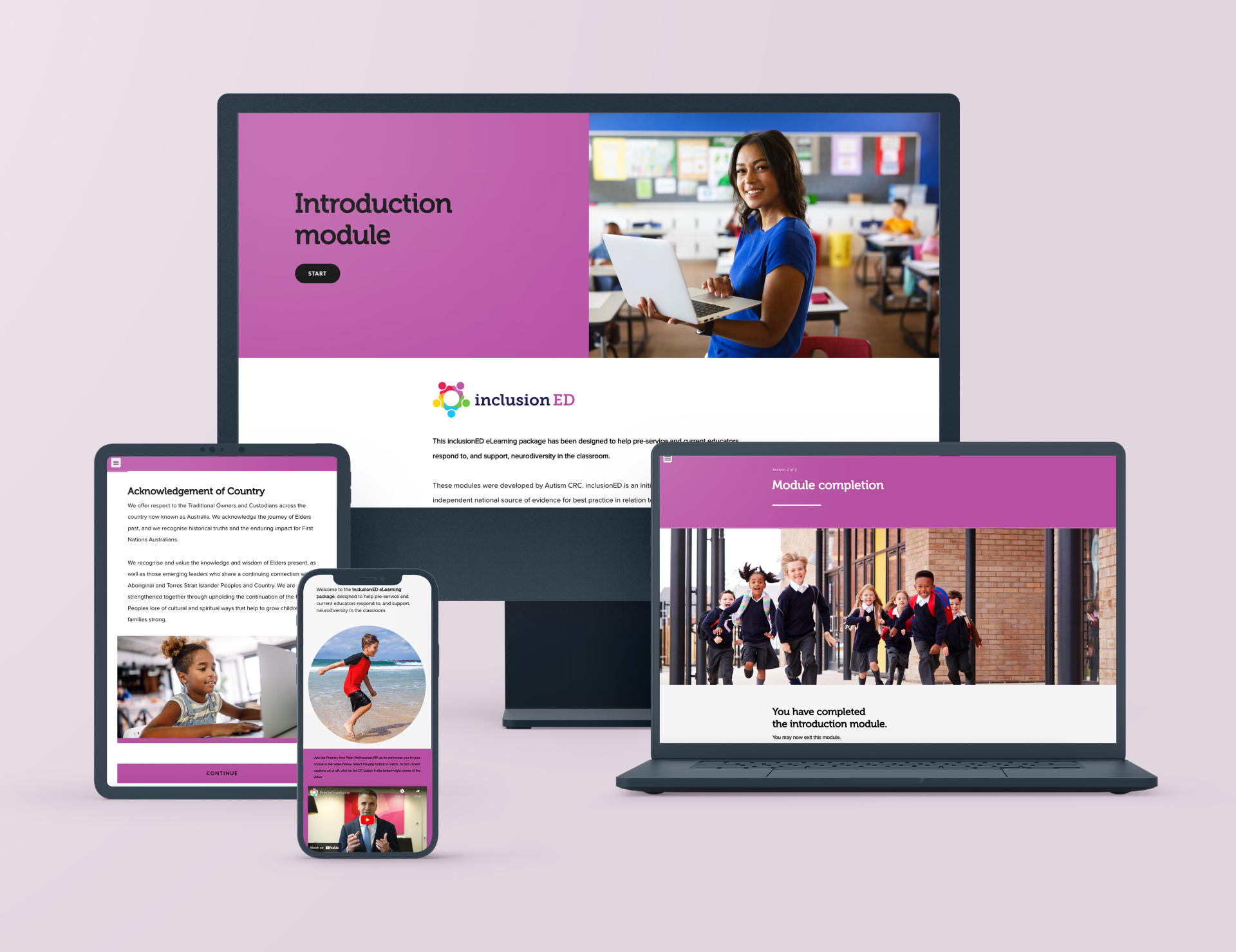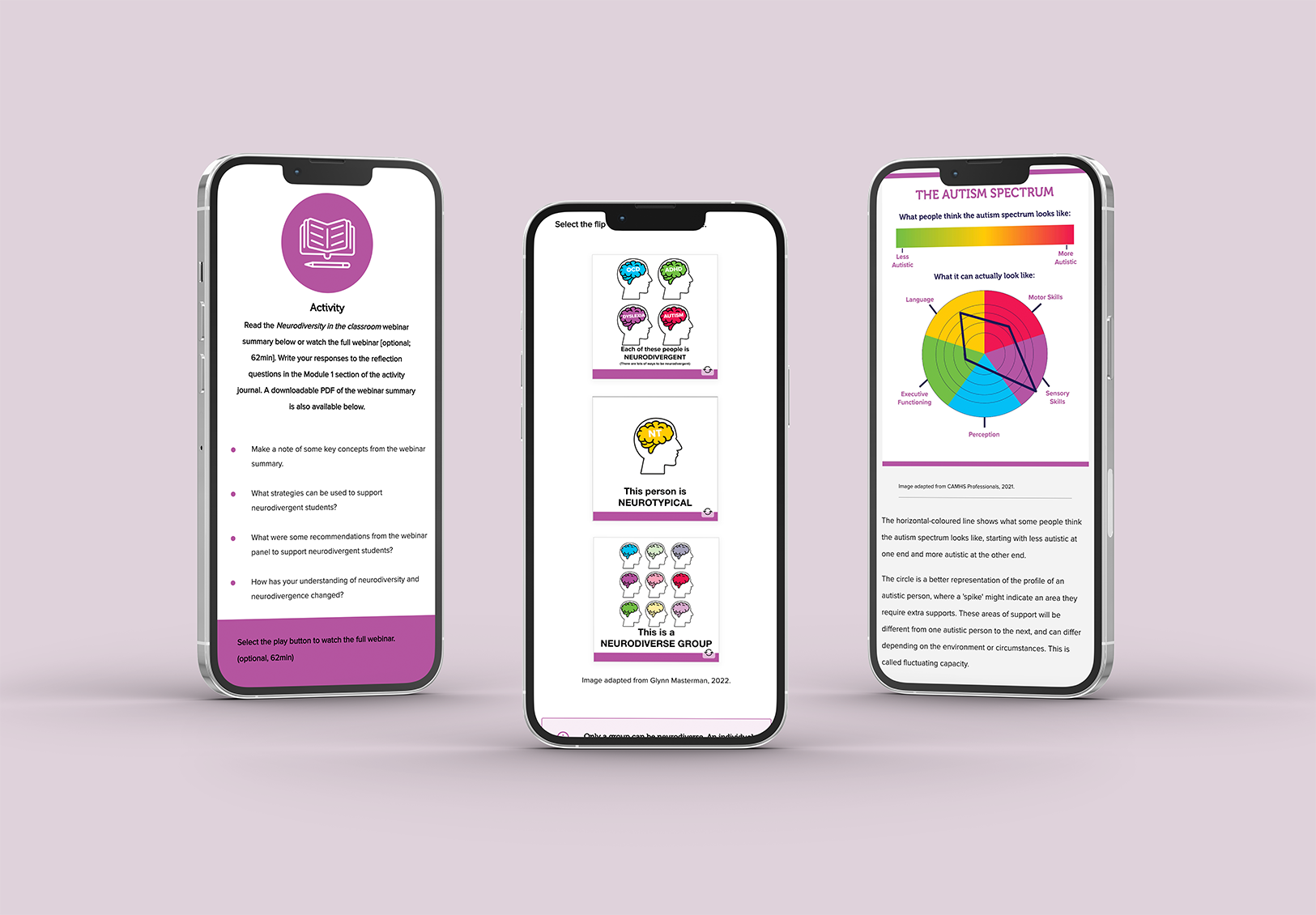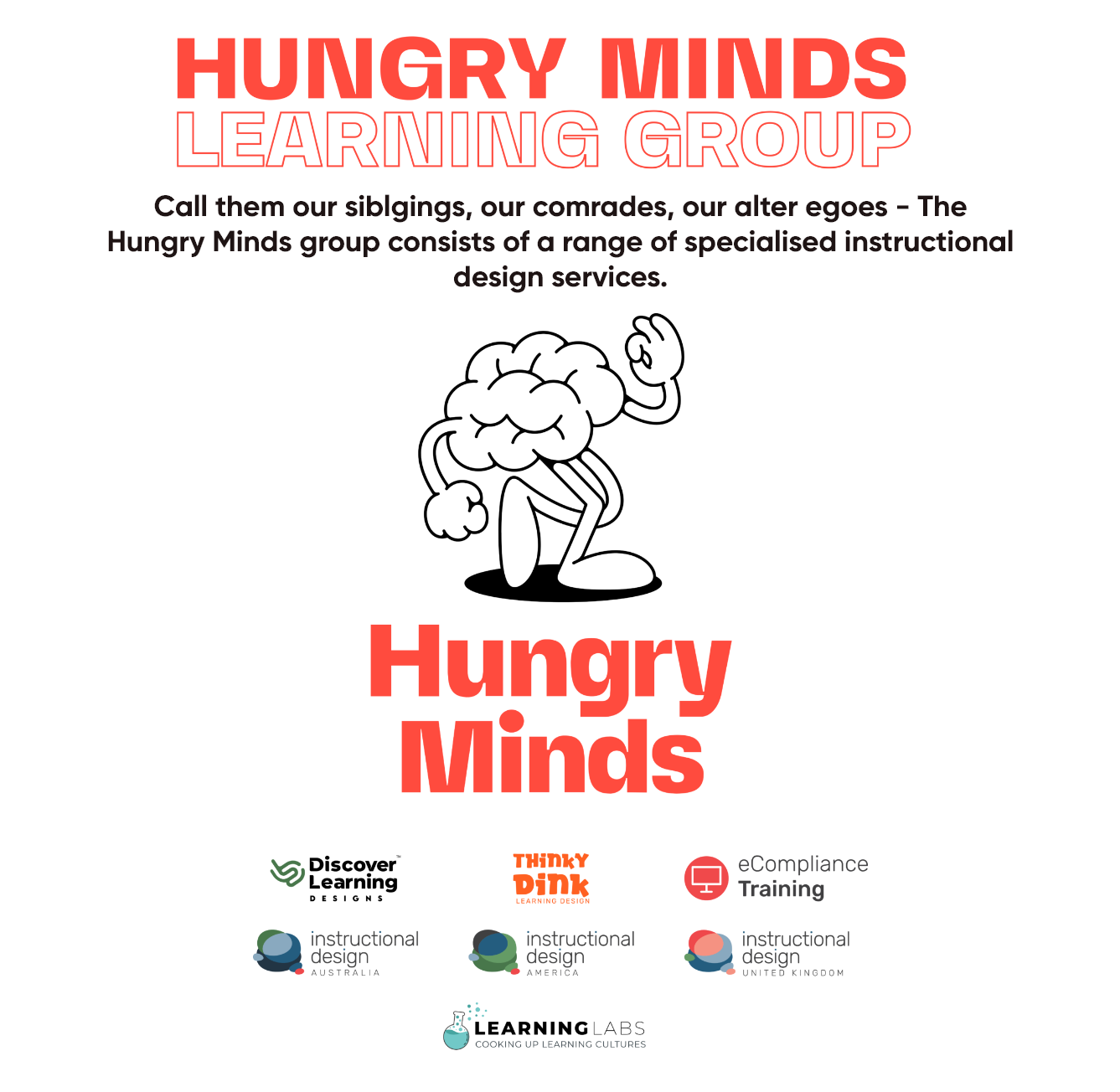Feb 18
The von Restorff Effect: Strategic Design for Better Learning Retention
Want your learners to remember what matters most? Turns out our brains are wired to remember things that stand out. This principle, known as the von Restorff Effect, gives us a powerful tool for making key content memorable.
What is the von Restorff Effect?
Back in 1933, psychologist Hedwig von Restorff discovered something interesting: when people see a list of similar items, they're most likely to remember the one that's different. Think of a red word in a list of black text - it sticks in your mind (Hunt, 1995). This "isolation effect" has significant implications for learning design. It means you can strategically make vital content stand out to boost retention.
Why It Matters For Learning
The von Restorff Effect gives you control over what learners remember. By deliberately designing contrast, you:
Research confirms that distinctive processing significantly enhances recall compared to uniform content (Fabiani & Donchin, 1995). In a world of endless distractions, this principle isn’t just helpful—it’s essential.
- Dictate focus: Our brains automatically pay attention to what's different. Use this to direct attention to essential concepts.
- Cut through cognitive overload: Learners filter out noise, focusing on what’s highlighted.
- Boost long-term retention: Our brains automatically pay attention to what's different. Use this to direct attention to essential concepts.
- Create clear anchors: Our brains automatically pay attention to what's different. Use this to direct attention to essential concepts.
Research confirms that distinctive processing significantly enhances recall compared to uniform content (Fabiani & Donchin, 1995). In a world of endless distractions, this principle isn’t just helpful—it’s essential.
One of our Senior Instructional Designers, Olivia, explains:
'We are bombarded with so much content on a daily basis. We're not only competing for peoples attention, we fighting to make their learning stick. The best way to do that is make content easily digestible and memorable.
'We are bombarded with so much content on a daily basis. We're not only competing for peoples attention, we fighting to make their learning stick. The best way to do that is make content easily digestible and memorable.

This can mean swapping text for diagrams (because who needs an extra 1000 words?) and adding some humour (because who doesn't love a good meme?). We find catchy taglines are a great way to cement key concepts in learners' minds and help them recall important information when they need it most (they're great for posters and other campaign materials too!).'
How to Apply the von Restorff Effect
Let’s get practical. Here’s how to inject this principle into your courses:
1. Visuals distinction
No need for design acrobatics. Simple techniques work best:
2. Format variation
Break predictable patterns:
3. Leverage spacing and placement
Position matters:
4. Use unexpected metaphors
Compare a cybersecurity firewall to a bouncer checking IDs at a club. The quirky analogy stands out from standard “digital barrier” descriptions.
1. Visuals distinction
No need for design acrobatics. Simple techniques work best:
- Use a bold colour, icon, or font for critical terms. Example: In a compliance course, highlight safety steps in yellow boxes while keeping other text neutral.
- Insert a short animated video in a text-heavy module. The motion disrupts the flow, making the message memorable.
2. Format variation
Break predictable patterns:
- Alternate between text, infographics, and quizzes. For instance, after explaining a complex theory, use a drag-and-drop quiz to reinforce it. The interactive shift grabs attention.
- Share a real-world case study in a technical lesson. Stories create emotional hooks, making abstract concepts relatable.
3. Leverage spacing and placement
Position matters:
- Use white space to isolate important elements: White space creates natural focus points in your content.
- Structure content for maximum impact: Consider your learner's cognitive load when deciding where to place important information. Key concepts often work best after foundational content but before detailed examples.
4. Use unexpected metaphors
Compare a cybersecurity firewall to a bouncer checking IDs at a club. The quirky analogy stands out from standard “digital barrier” descriptions.
Want to see the von Restorff Effect in action? When designing the InclusionEd program for AutismCRC, we made learning about neurodiversity both engaging and memorable by adding splashes of color where it matters most.

Those friendly brain icons pop against the clean interface, each one telling its own story. And that colorful autism spectrum wheel? It's not just pretty - it helps educators grasp complex concepts at a glance.
We kept the design clean but sprinkled in those signature purple touches to guide users through their learning journey. It's amazing how a thoughtful splash of color can transform tricky topics into 'aha!' moments.
We kept the design clean but sprinkled in those signature purple touches to guide users through their learning journey. It's amazing how a thoughtful splash of color can transform tricky topics into 'aha!' moments.
Tips to Nail the Execution
- Less is more: Highlight only what truly matters. Overuse dilutes the effect.
- Test contrast: Ask a colleague to skim your course. Can they instantly spot the key takeaways?
- Pair with repetition: After highlighting a concept, revisit it in later activities. Repetition cements memory.
- Avoid gimmicks: Ensure the disruption adds value. A random meme might entertain but won’t reinforce learning.
Questions to Sharpen Your Approach
What’s the one thing learners must remember from your course? How can you make it pop?
Are you relying too much on uniformity for the sake of “clean design”?
Are you relying too much on uniformity for the sake of “clean design”?
Final Thought
The von Restorff Effect is about purposeful design, not superficial distinction. Your goal isn't to create visual chaos - it's to help learners focus on and remember what matters most.
Start small, measure results, and adjust based on what works. Simple changes in how you present key information can significantly improve learning outcomes.
Start small, measure results, and adjust based on what works. Simple changes in how you present key information can significantly improve learning outcomes.
References
Hunt, R. R. (1995). The subtlety of distinctiveness: What von Restorff really did. Psychonomic Bulletin & Review, 2(1). Source: https://psycnet.apa.org/record/1995-20158-001
Fabiani, M., & Donchin, E. (1995). Encoding processes and memory organization: A model of the von Restorff effect. Journal of Experimental Psychology: Learning, Memory, and Cognition, 21(1). Source: https://link.springer.com/article/10.3758/BF03214414
Fabiani, M., & Donchin, E. (1995). Encoding processes and memory organization: A model of the von Restorff effect. Journal of Experimental Psychology: Learning, Memory, and Cognition, 21(1). Source: https://link.springer.com/article/10.3758/BF03214414
Looking to create something exceptional? Our expert learning designers are located across Australia - in Melbourne, Sydney, Perth, Brisbane, and Adelaide. Let's discuss your project! Book a Discovery Call with Michael here or contact us here.
Hungry for something more? Here are five more great reads
• Experiential Leadership Training
• Case Study: Training the Trainers at the ATO
• The Art of Storytelling
• Learning Architectures: Mapping the Path From A to B
• Case Study: Horizon Power


